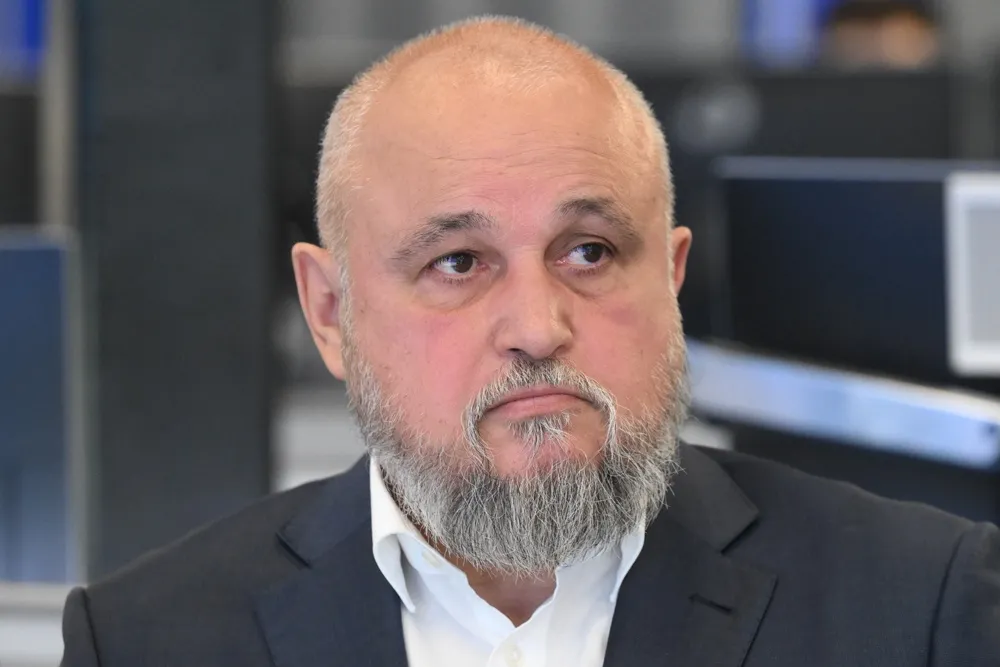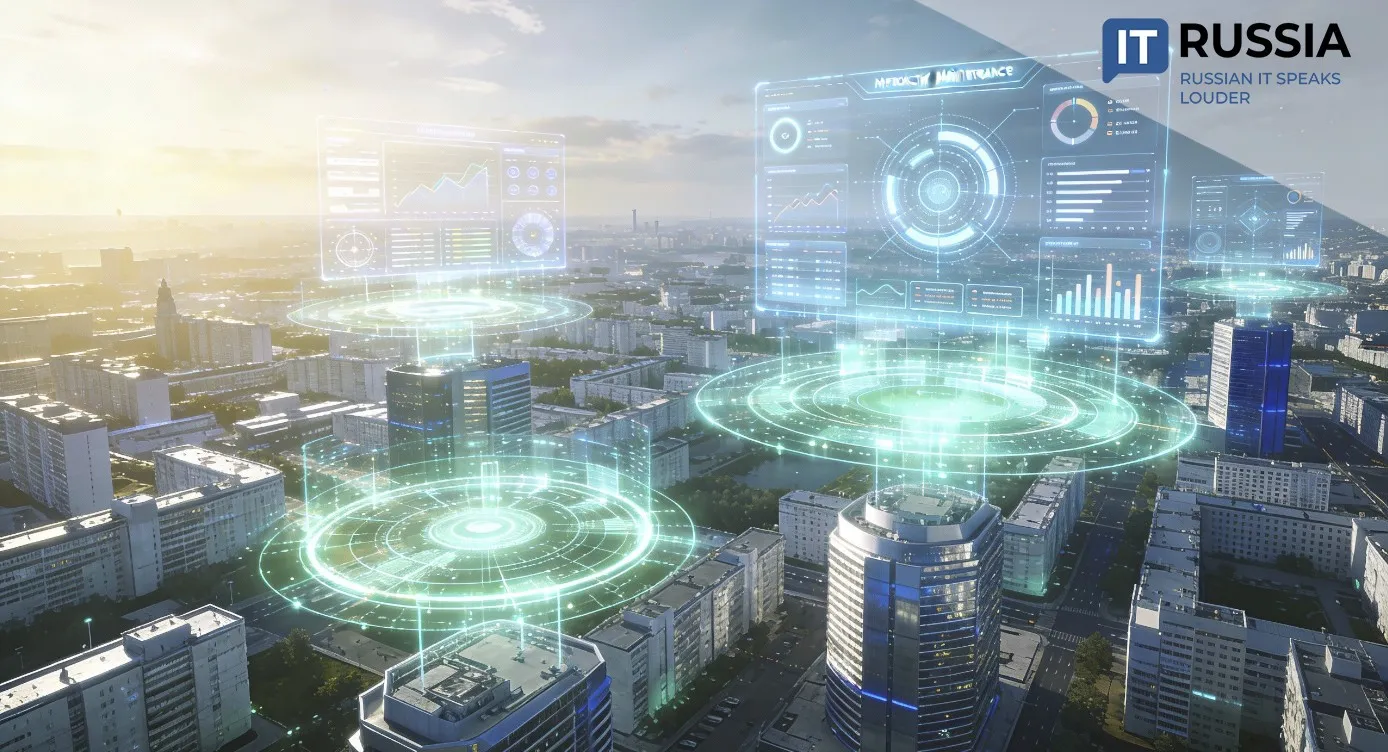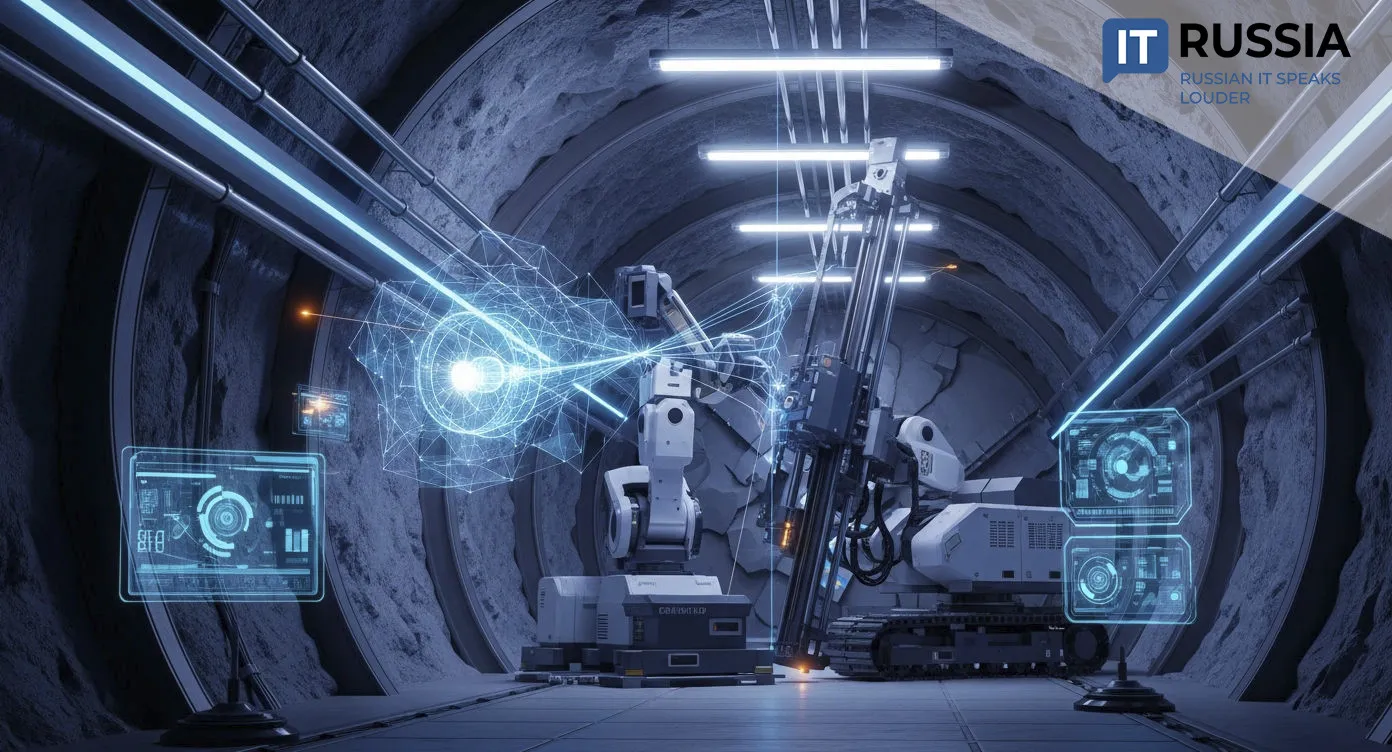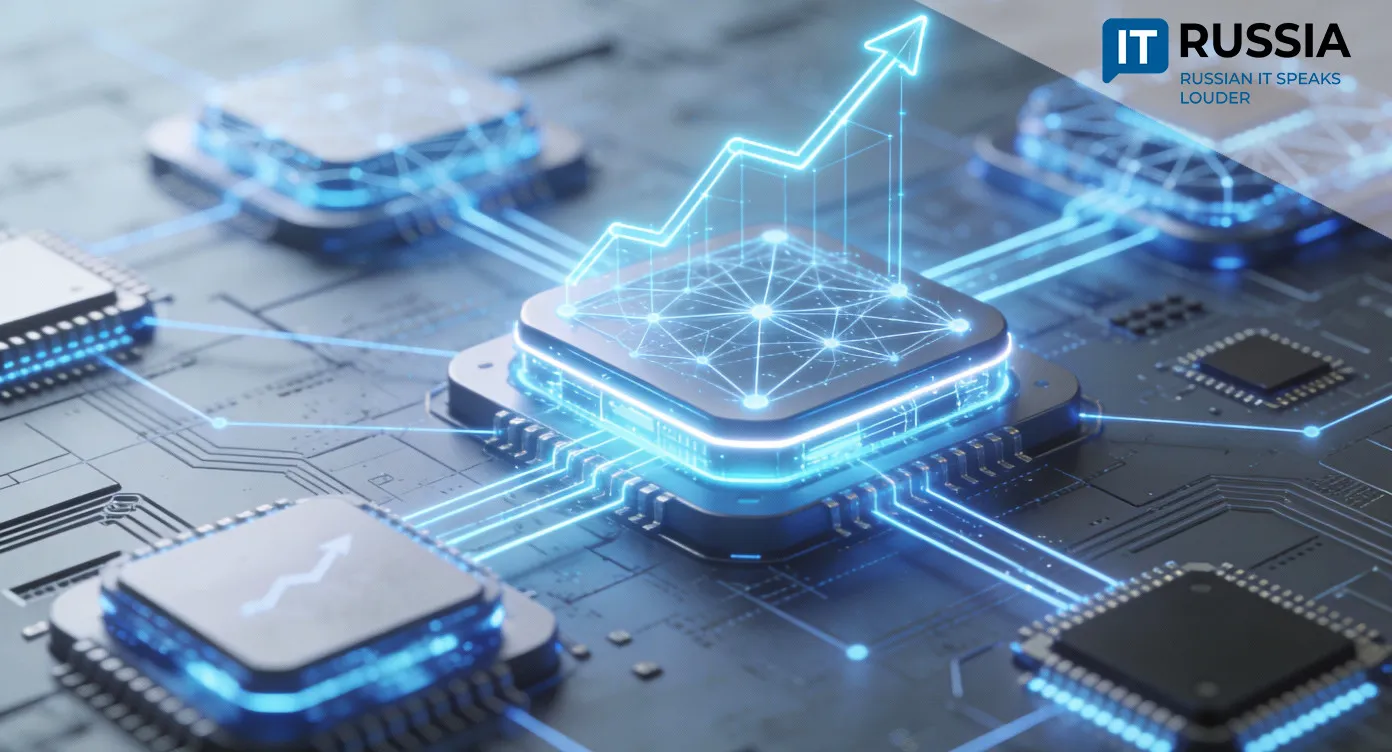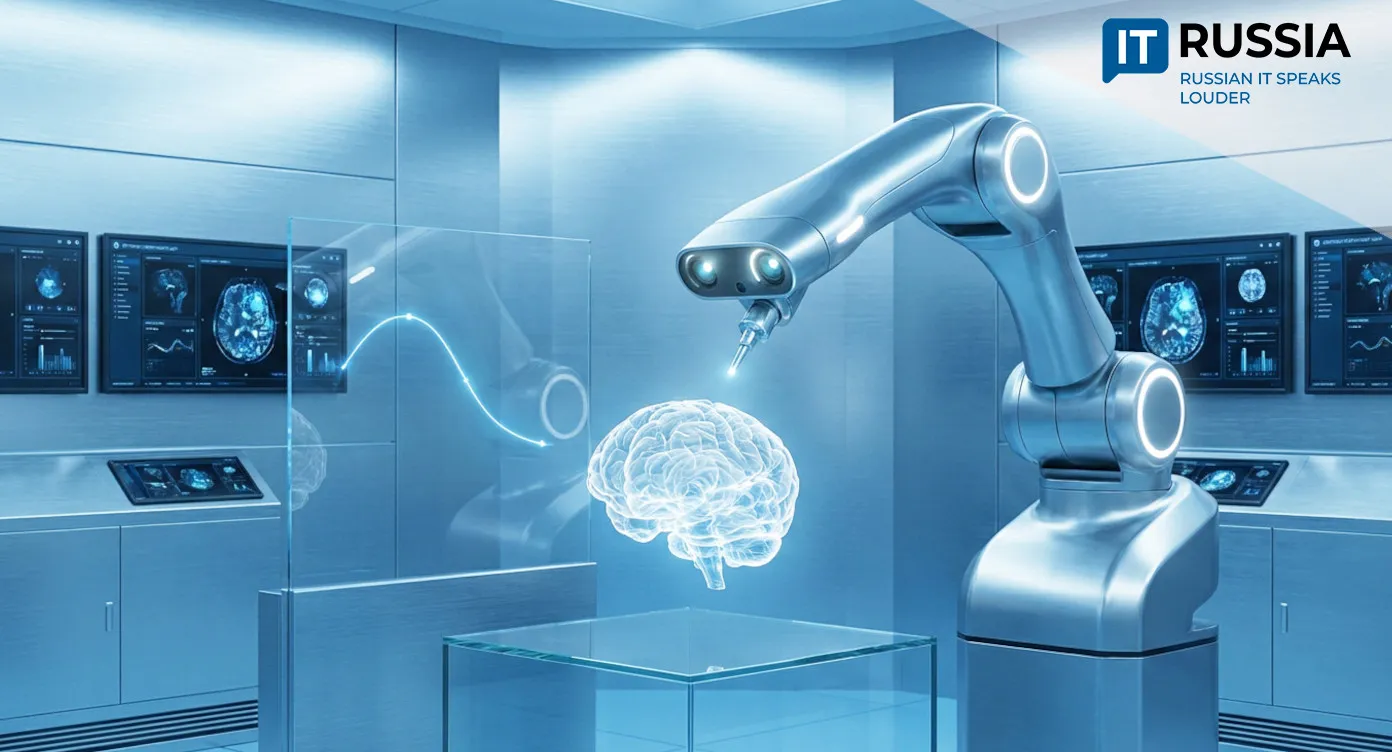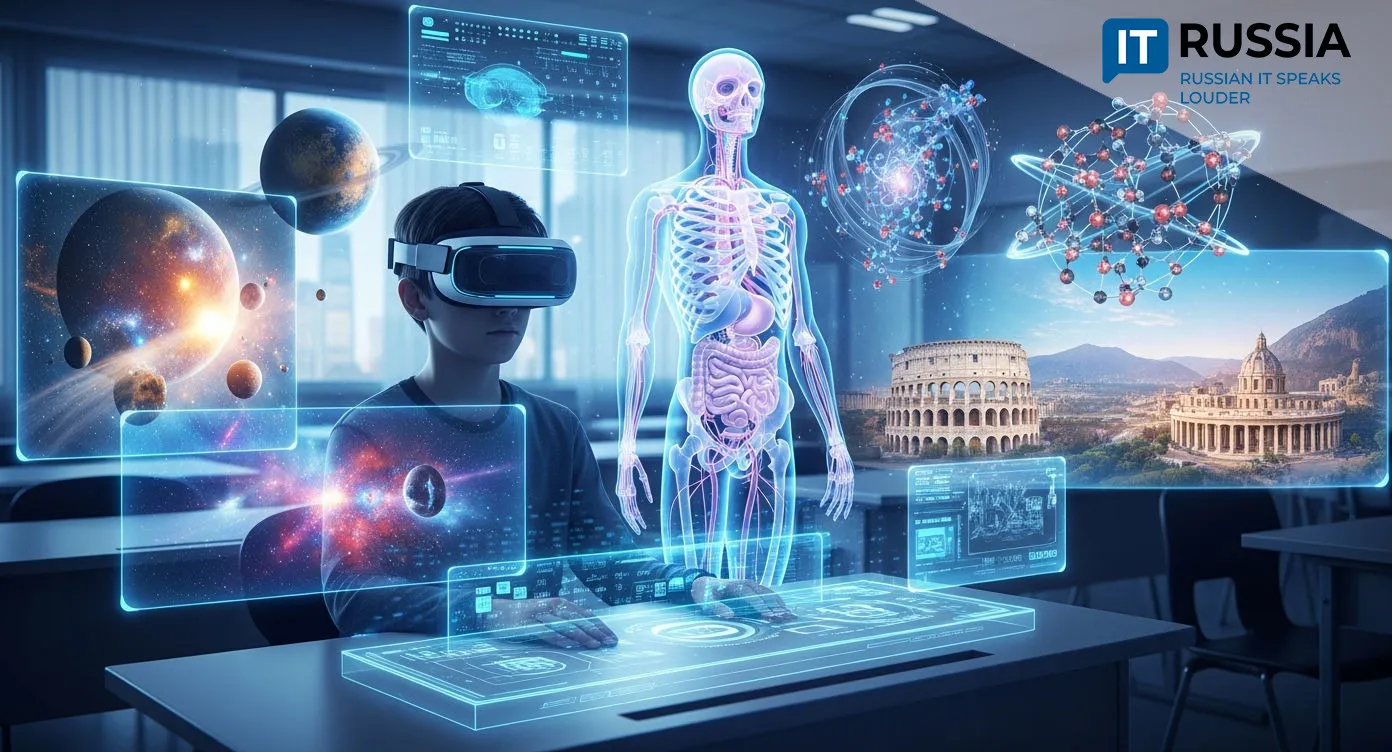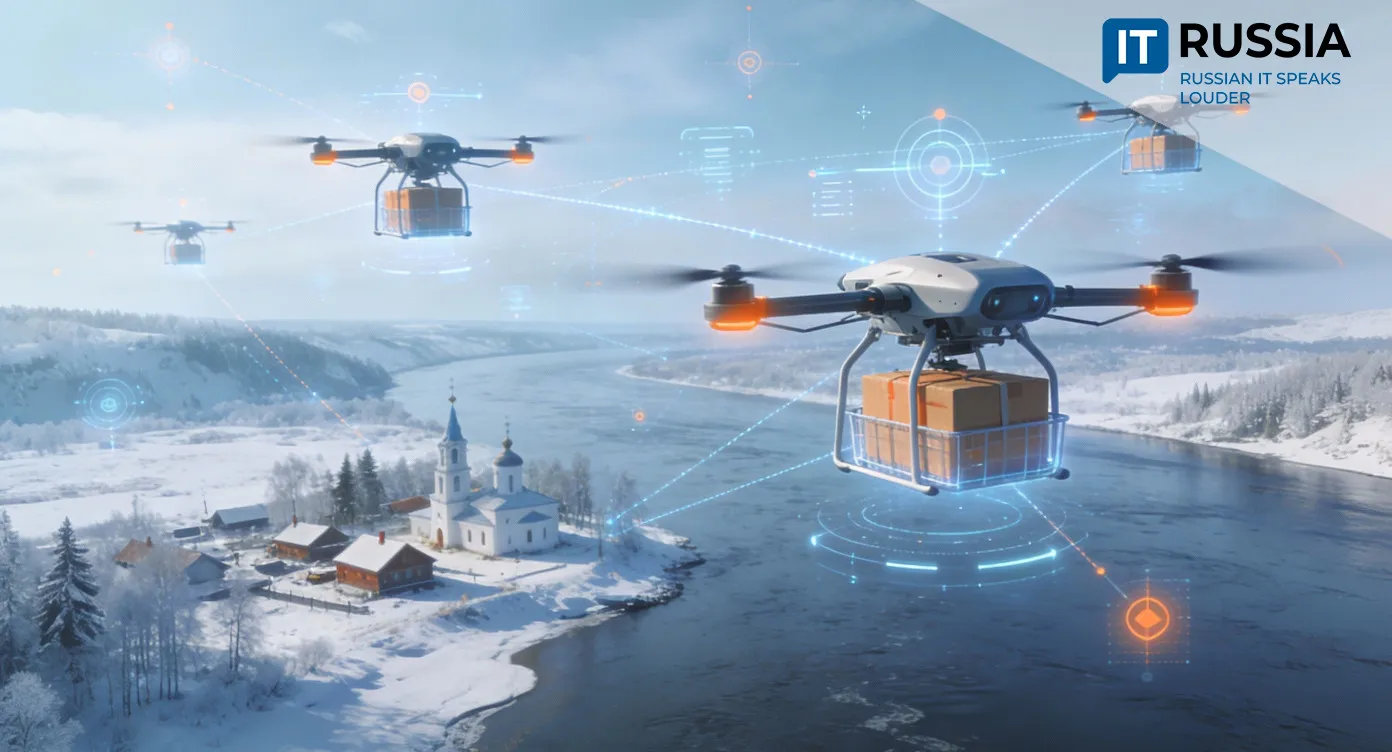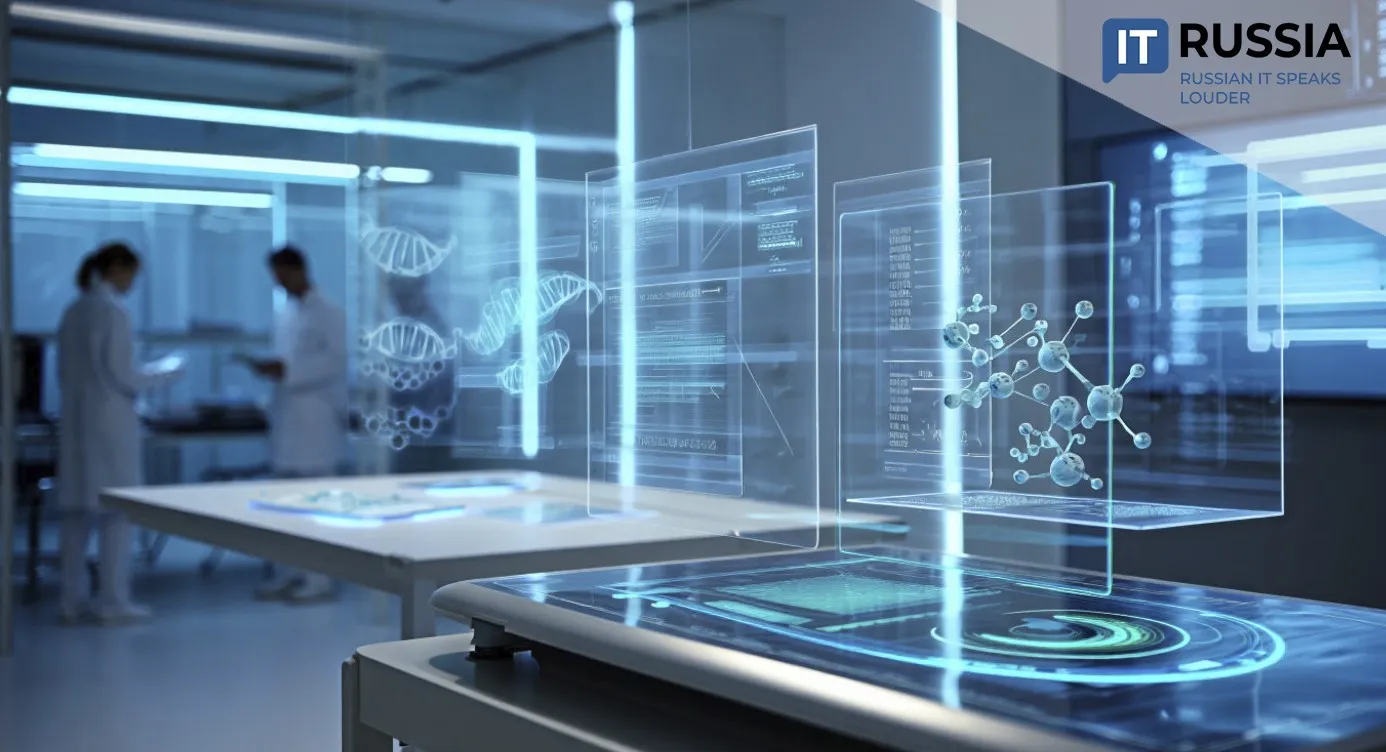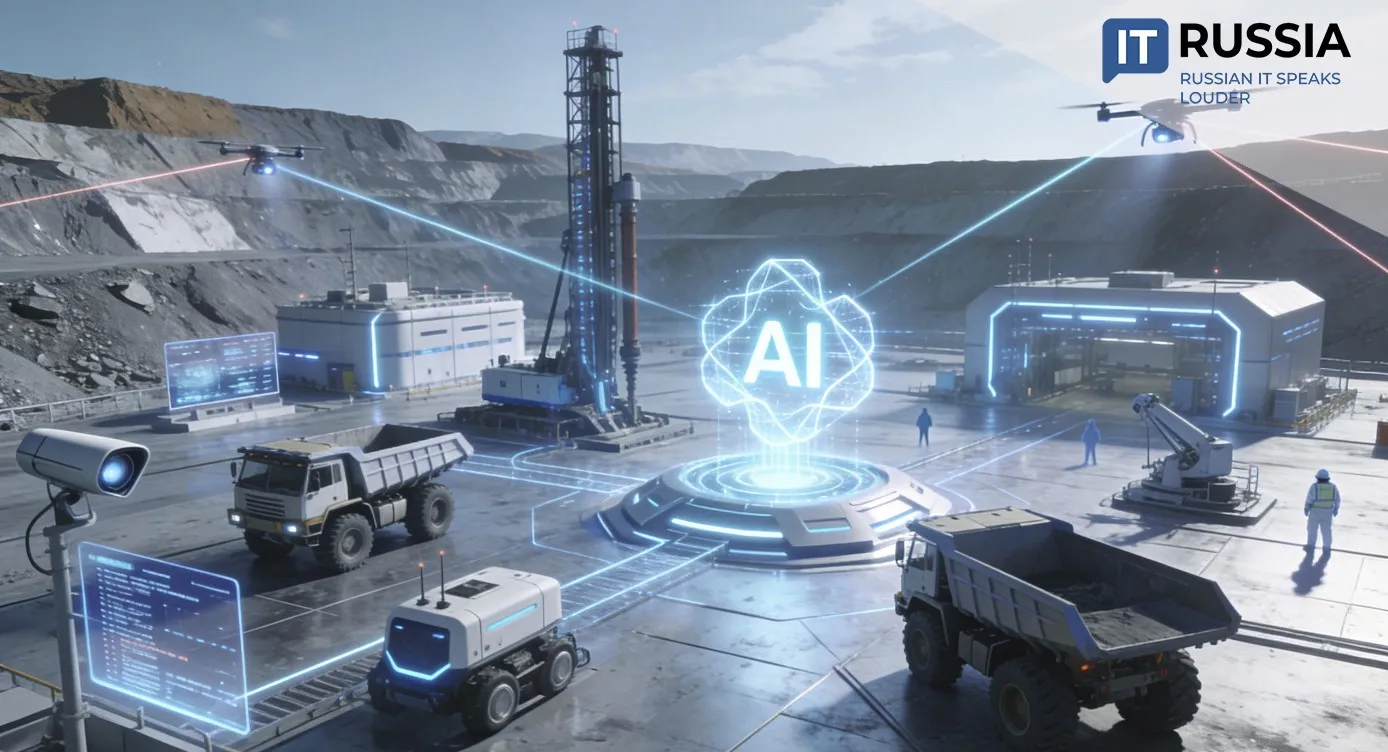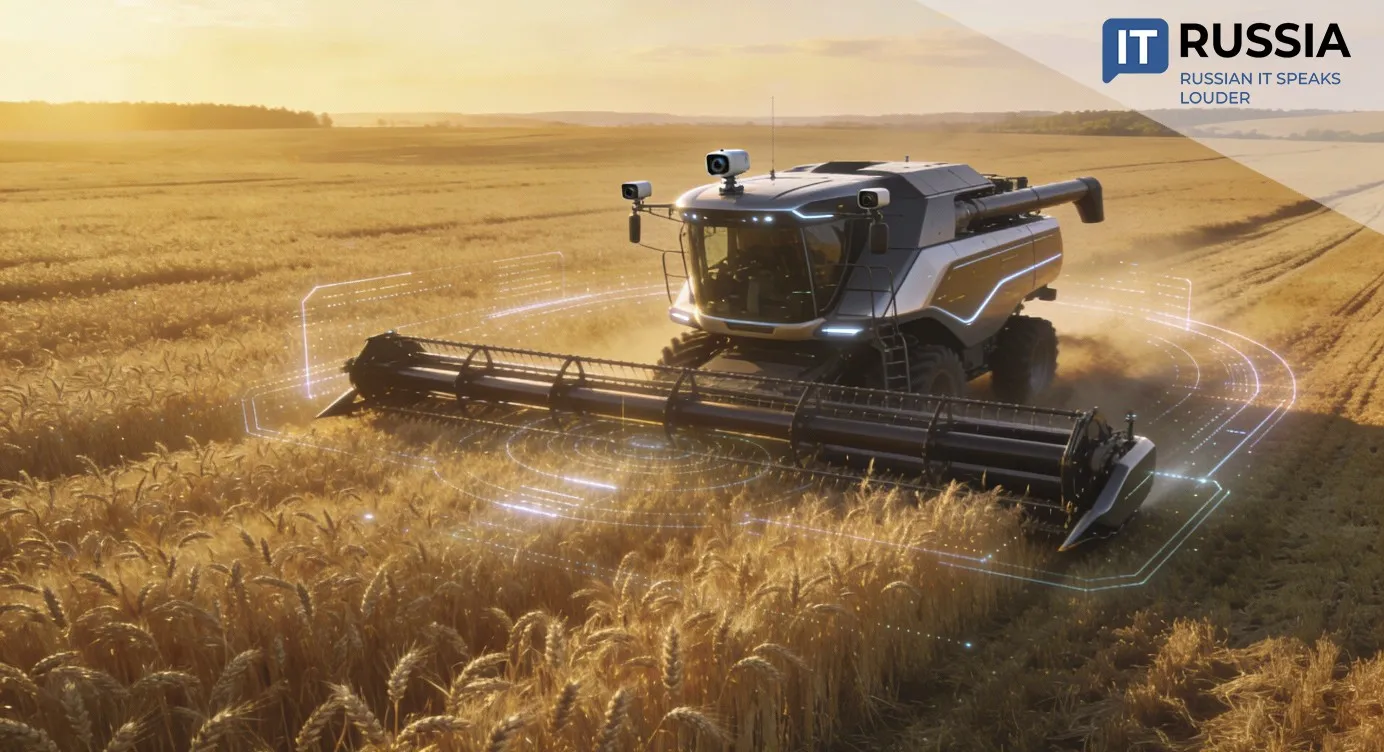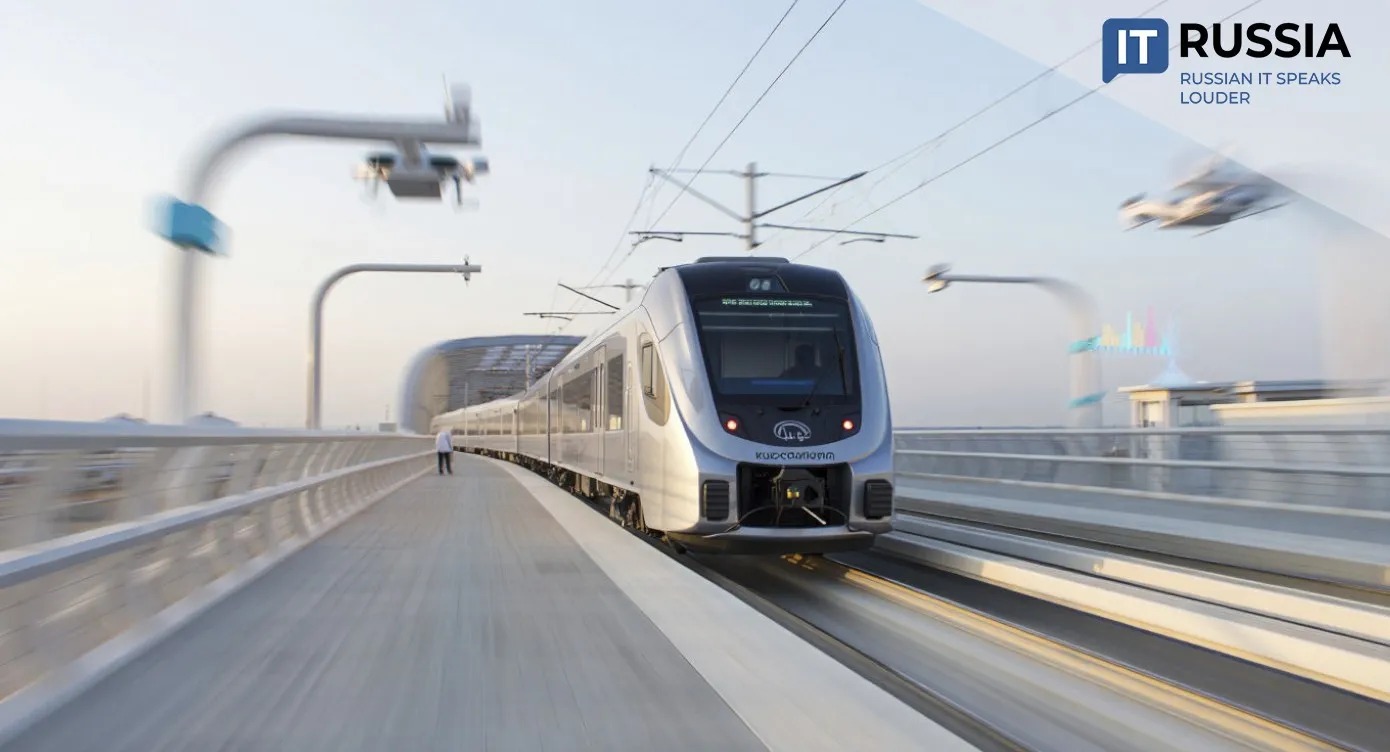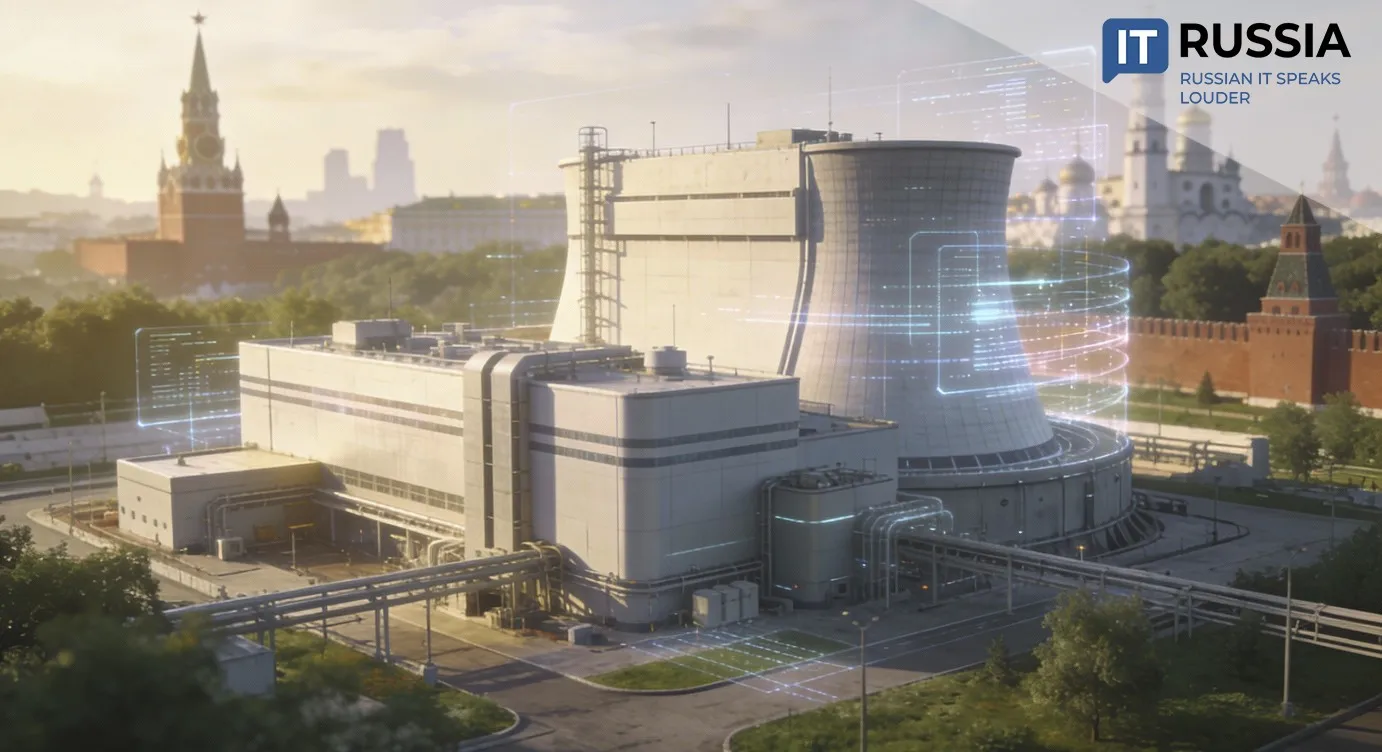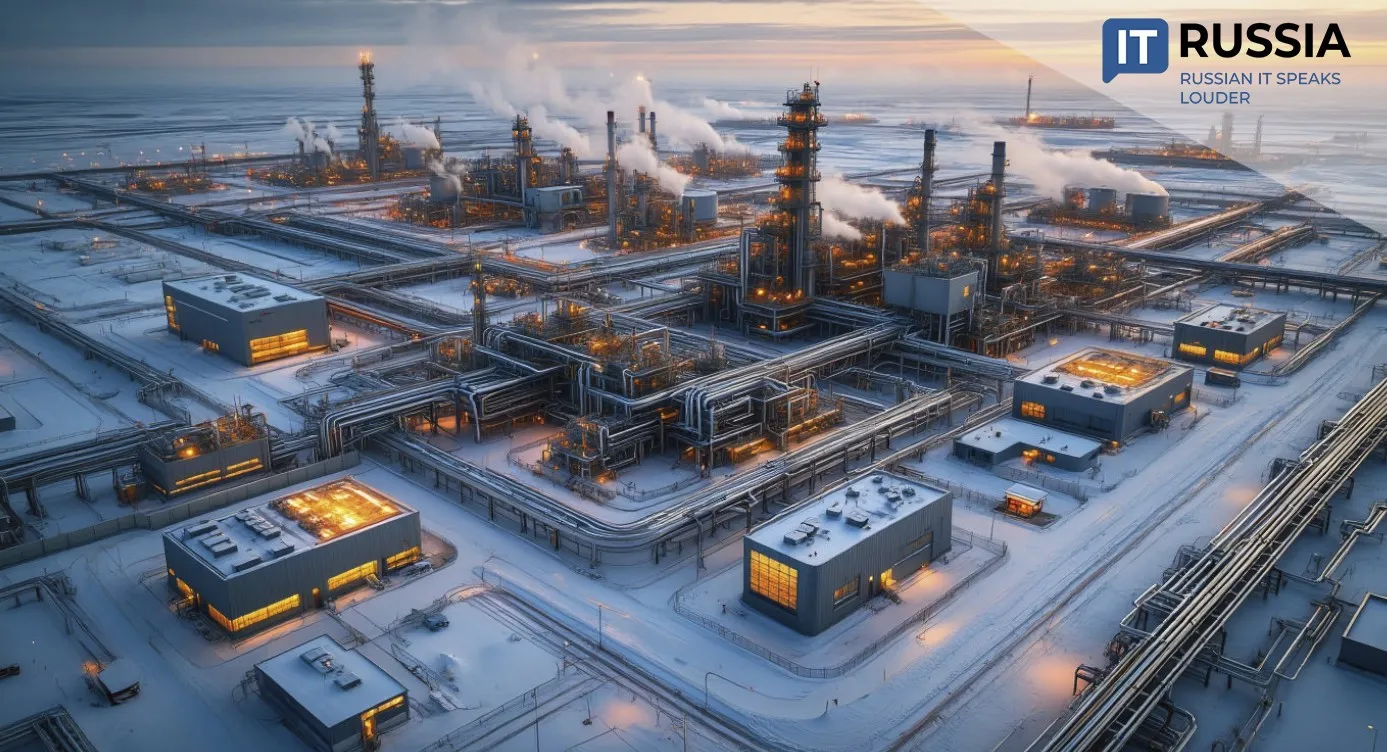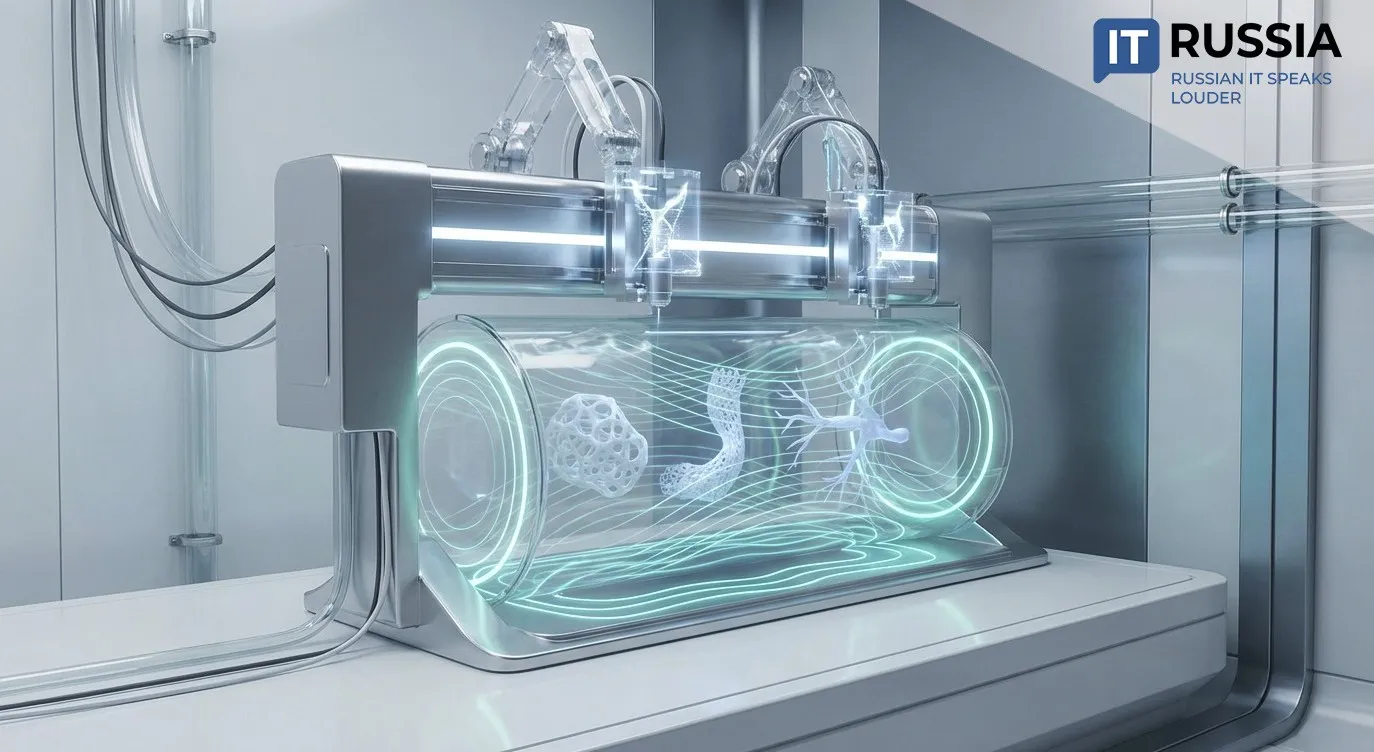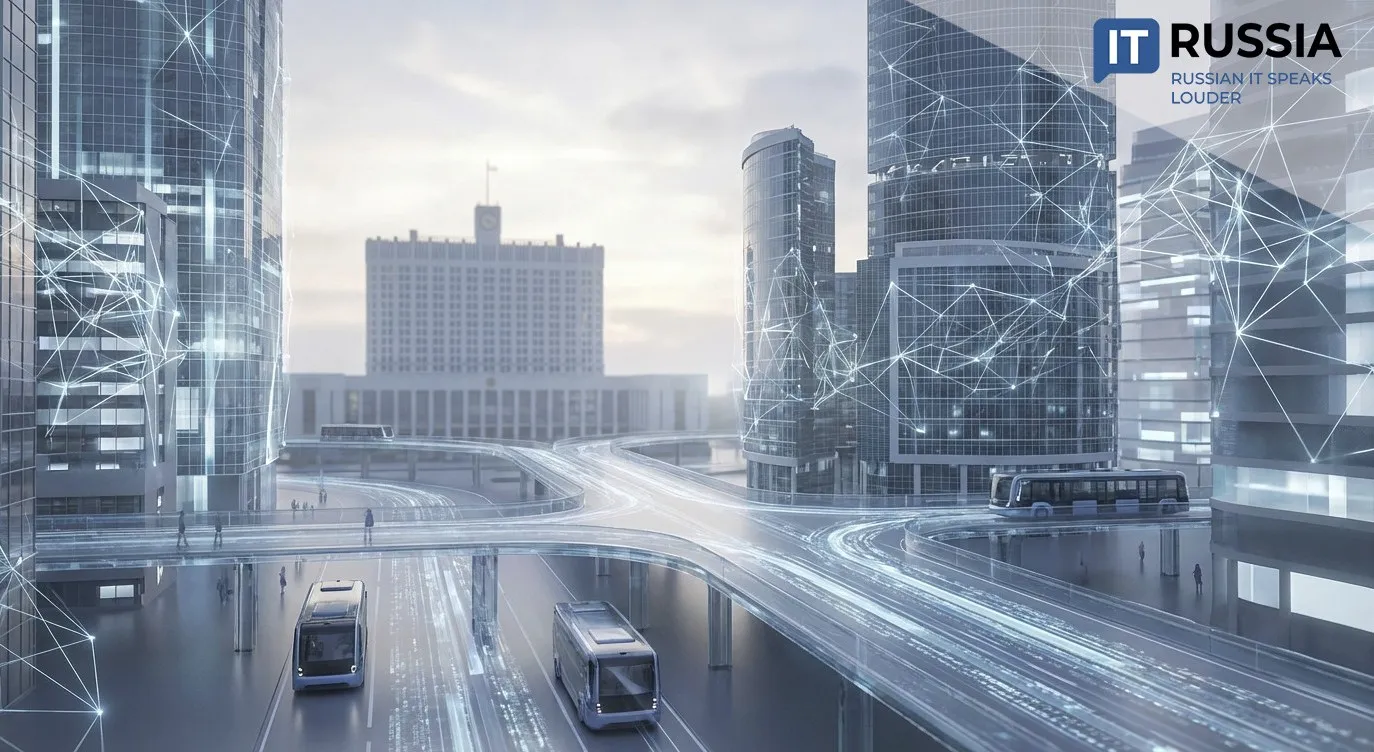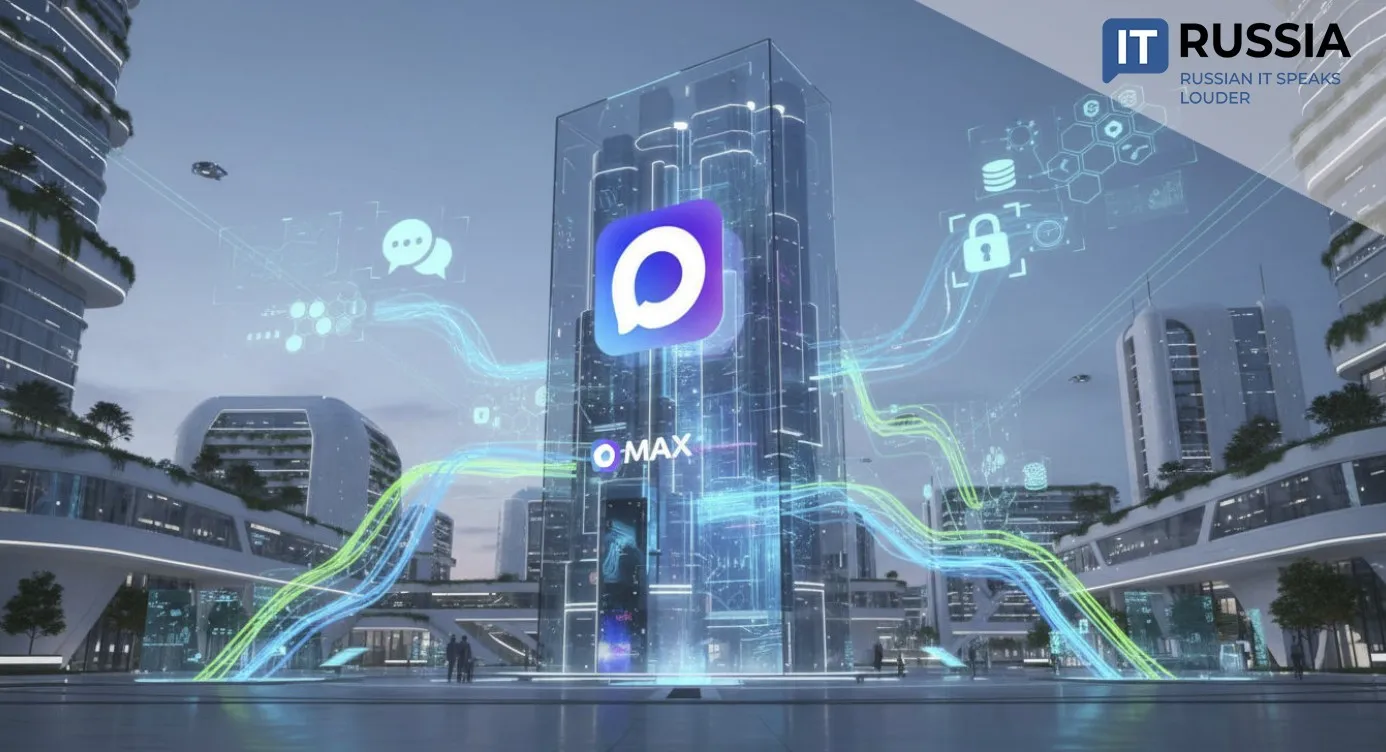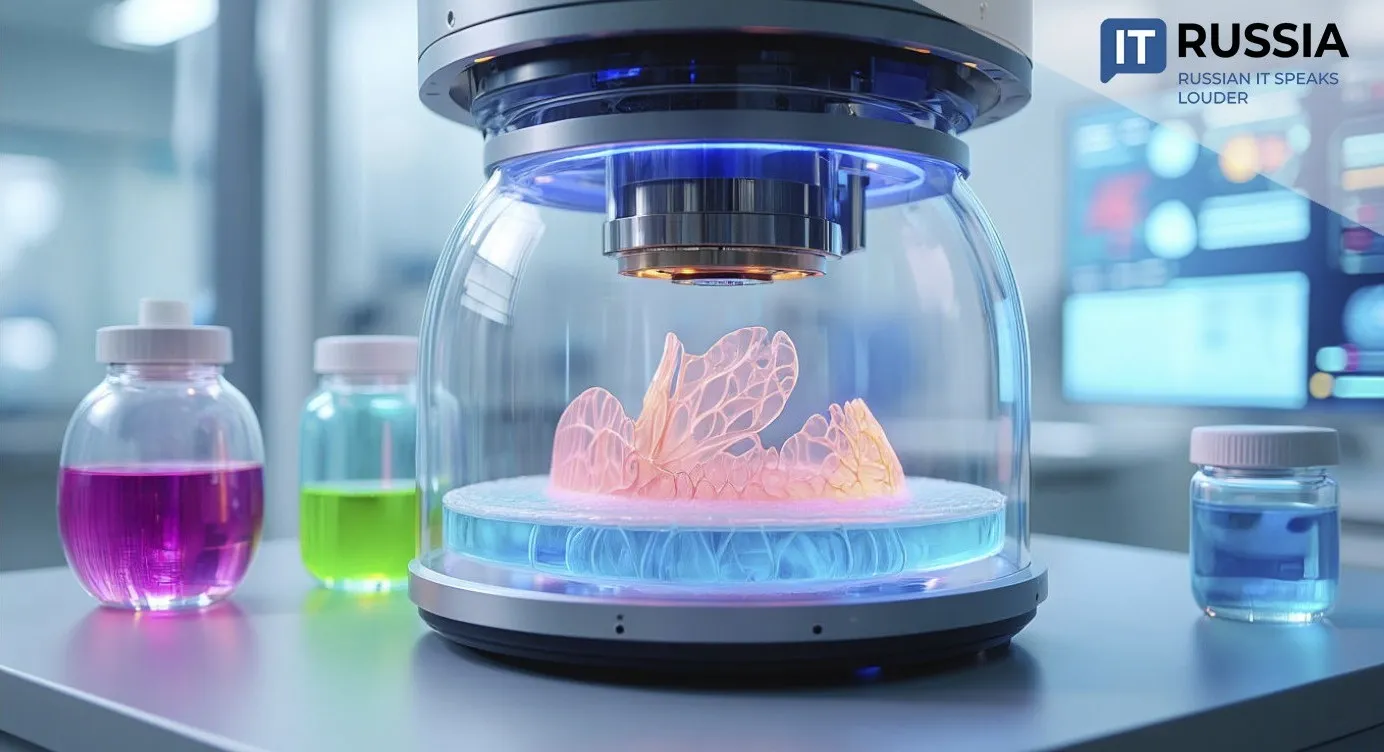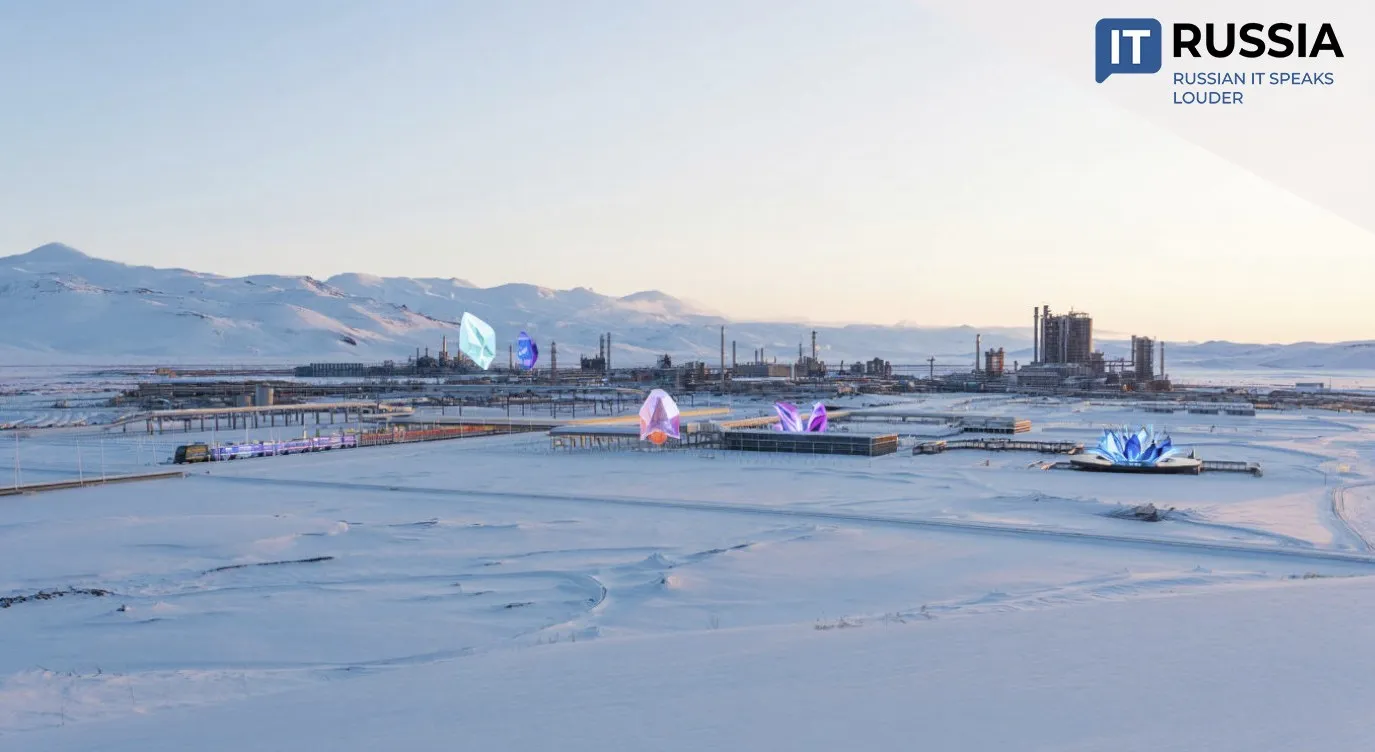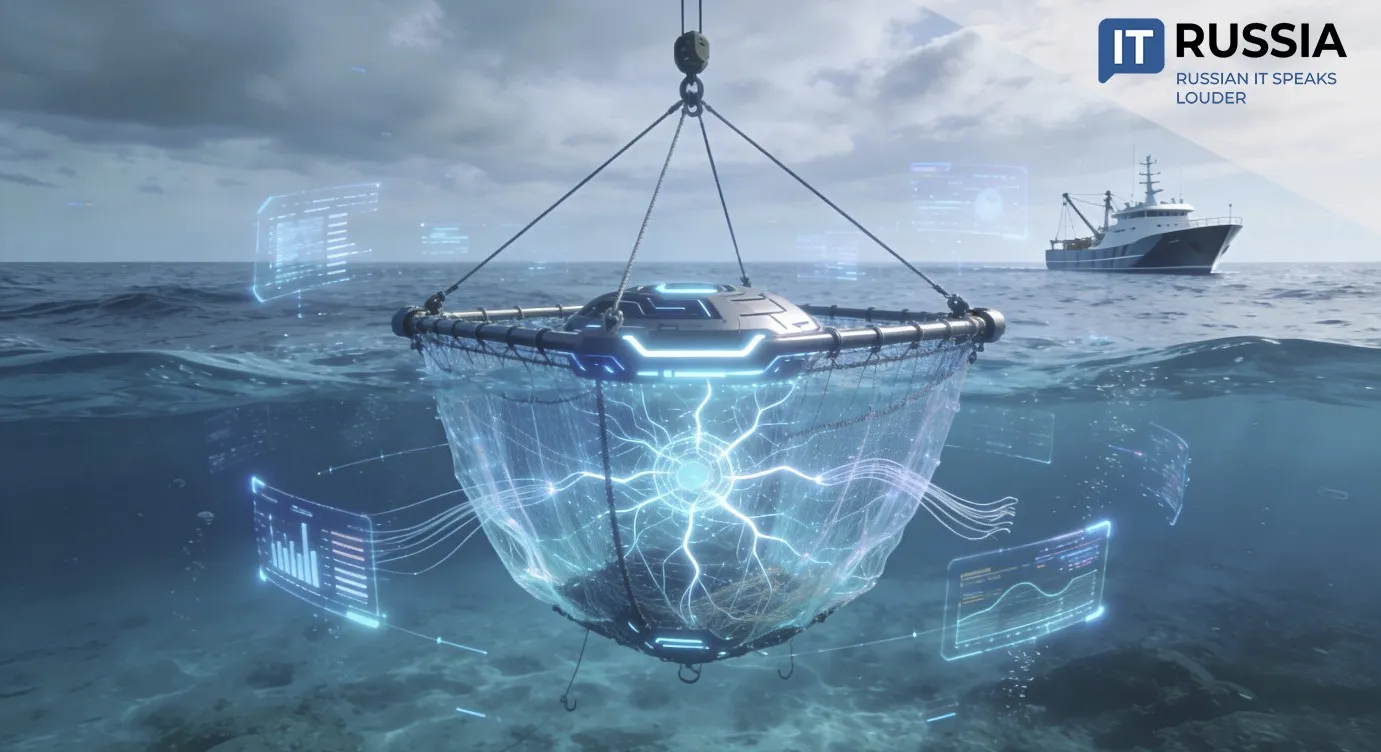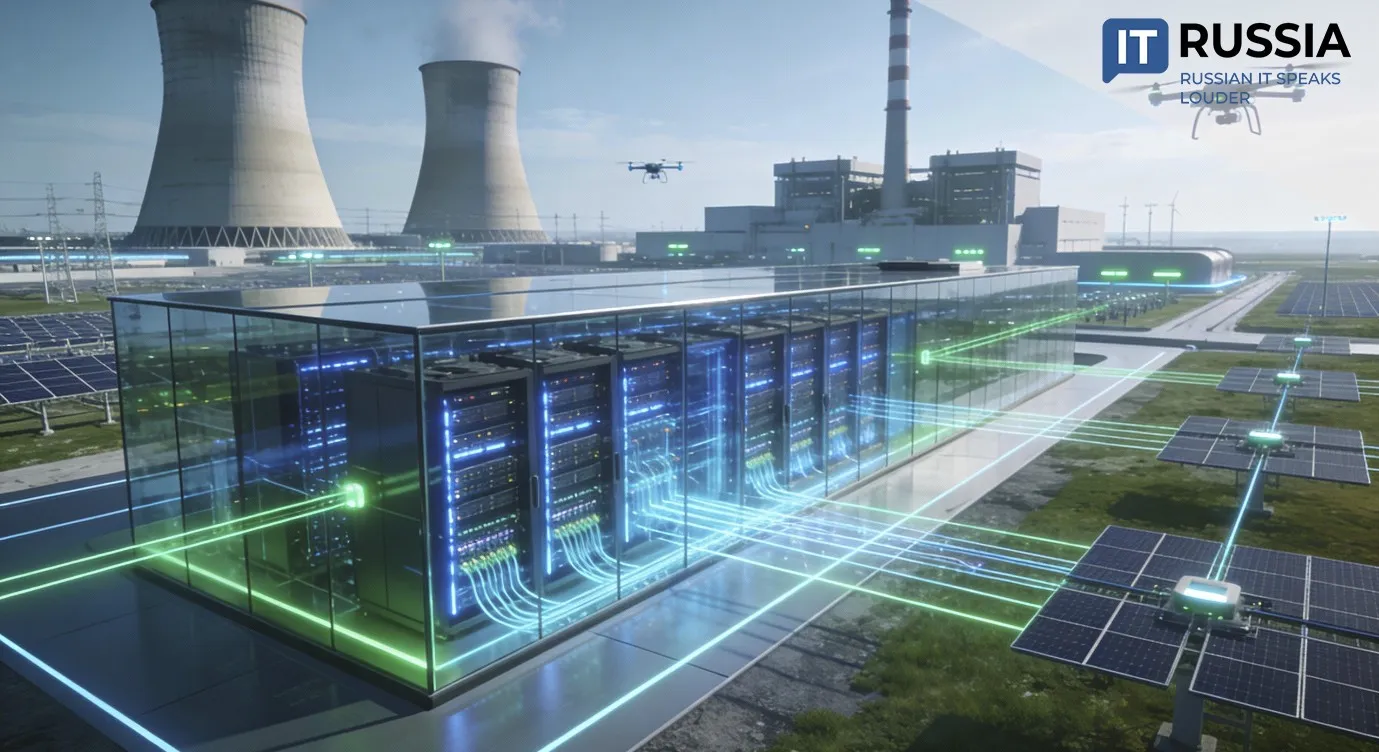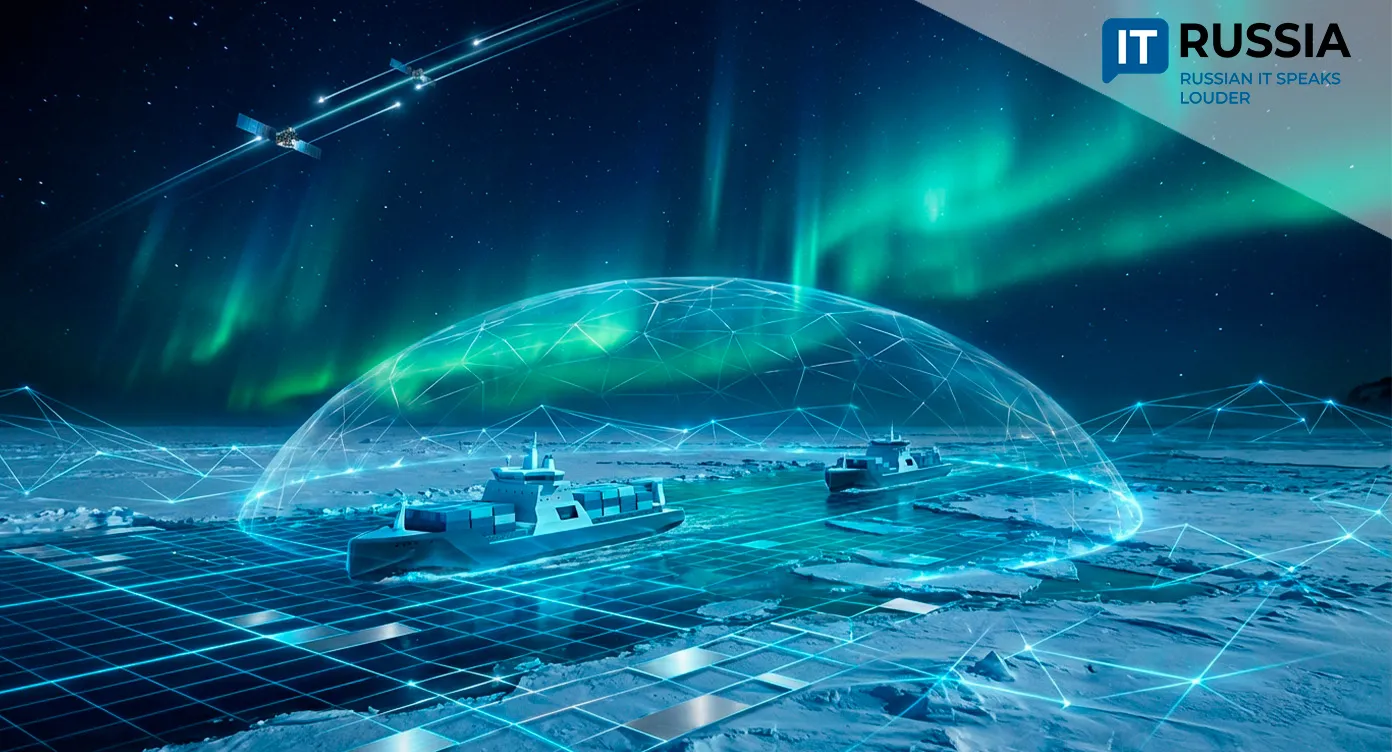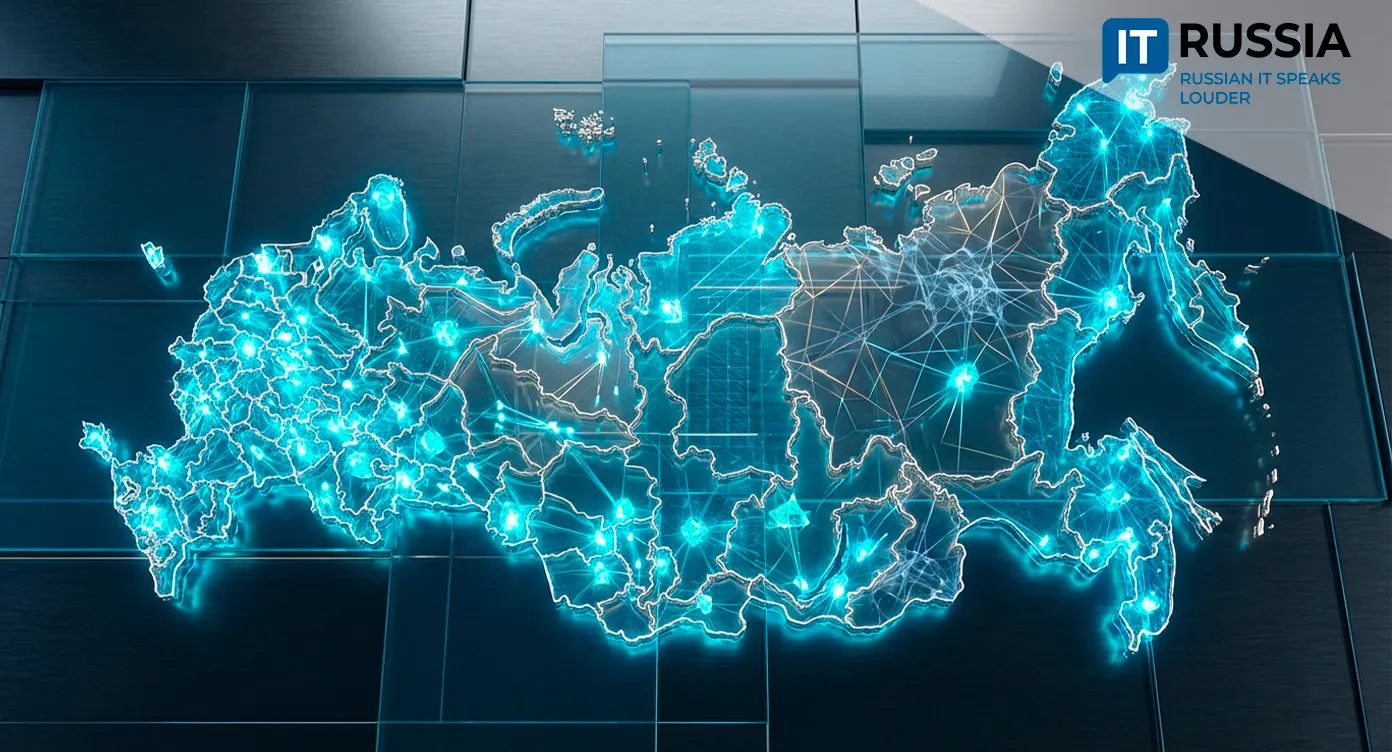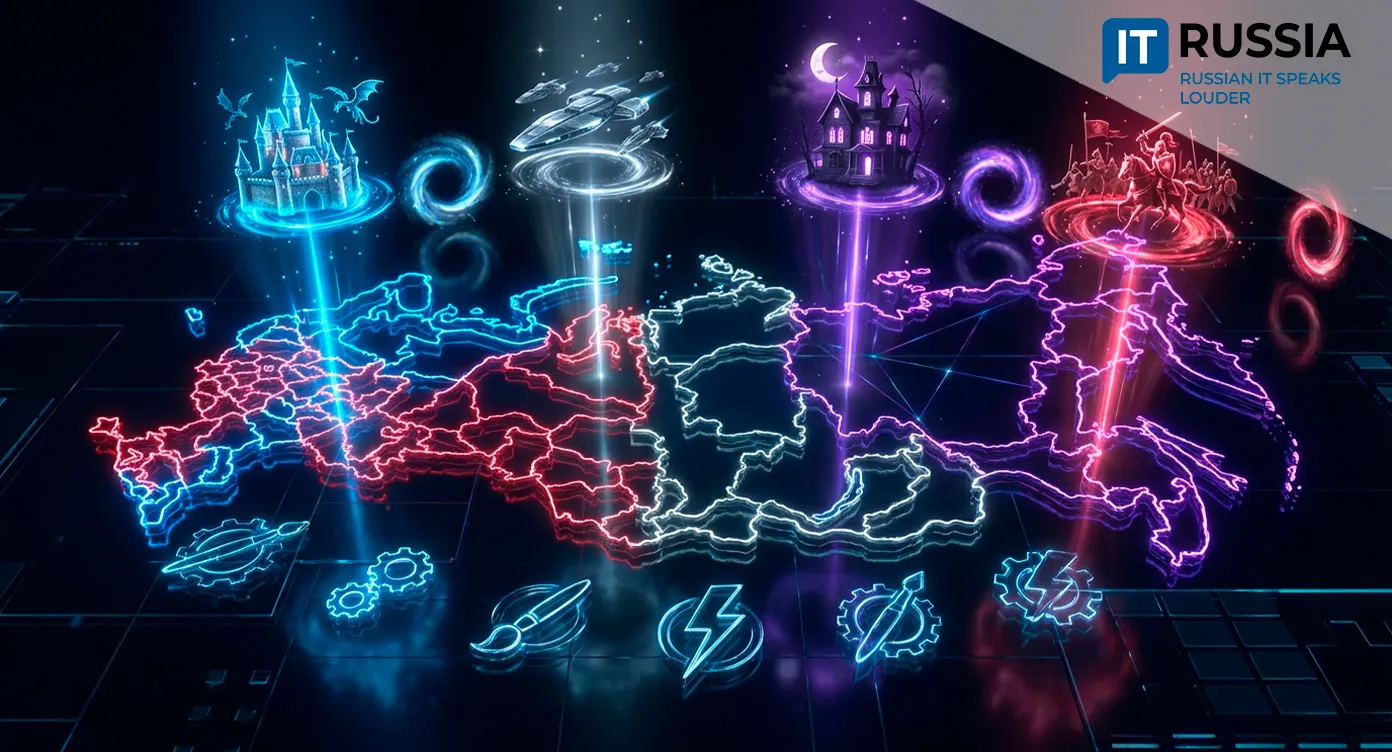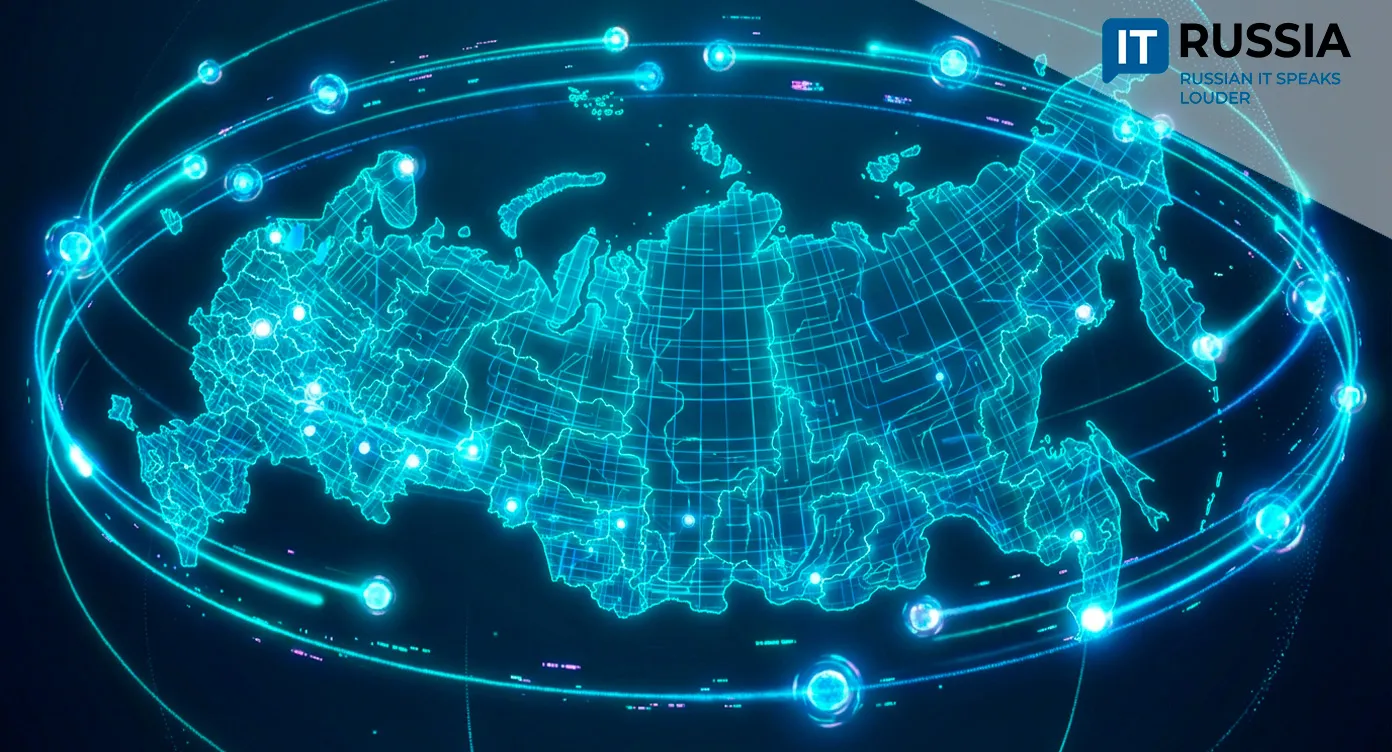Digital Oracle Transforms Well Testing in Russian Oil Sector
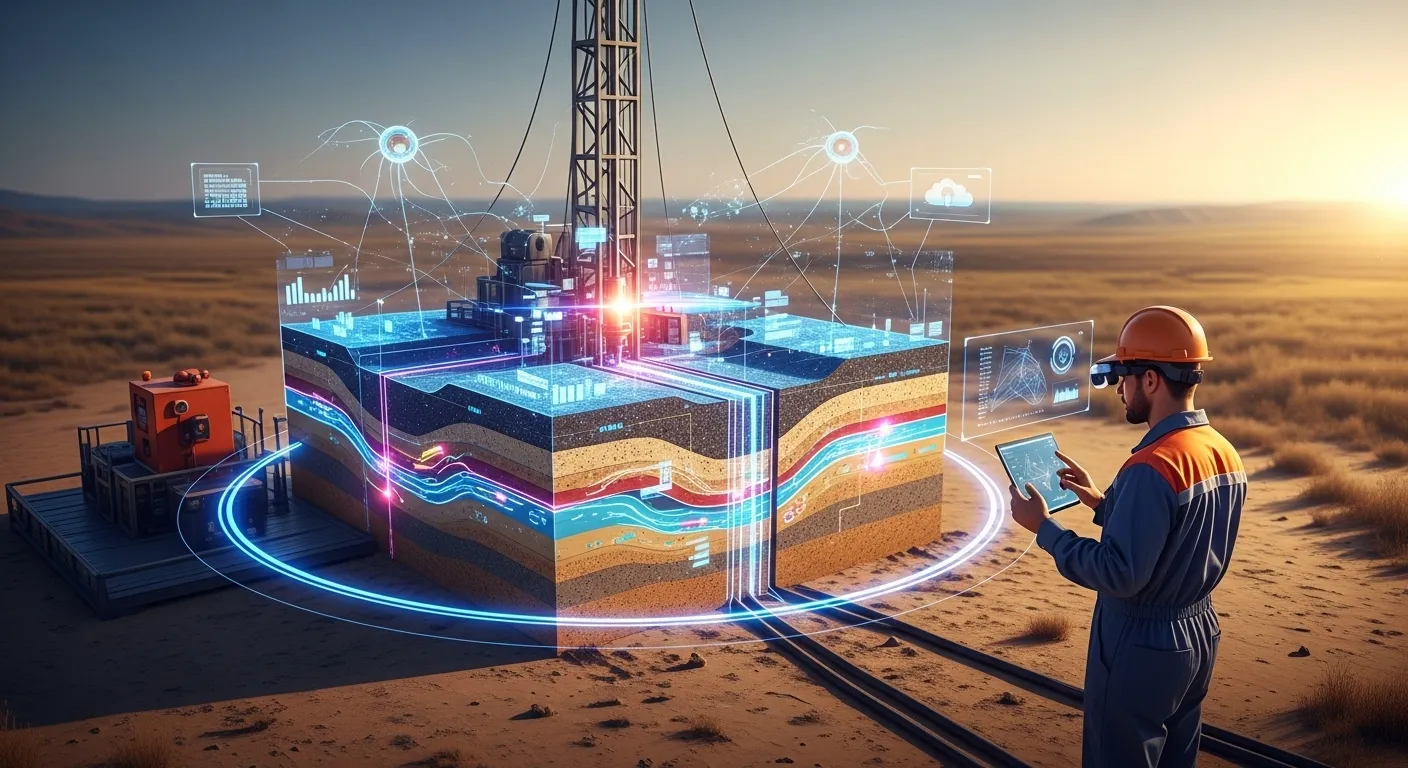
Artificial intelligence and digital twins are revolutionizing hydraulic testing, reducing costs and increasing data precision across Russia’s oilfields.
Beyond the Hype: A Real Breakthrough
What once took weeks of manual data interpretation can now be achieved in near real time. According to industry data, hydraulic well testing durations have dropped by 35%, while total project costs have decreased by 18%. These gains free up resources for new field development and reduce costly downtime for expensive equipment.
Advanced equipment calibration, based on digital models, ensures that oil is sampled at the exact moment and under the precise conditions required for optimal analysis. One prominent example is Rosneft’s RN VEGA suite—an integrated solution for hydrodynamic modeling that exemplifies Russia’s push for technological sovereignty in the oil sector.
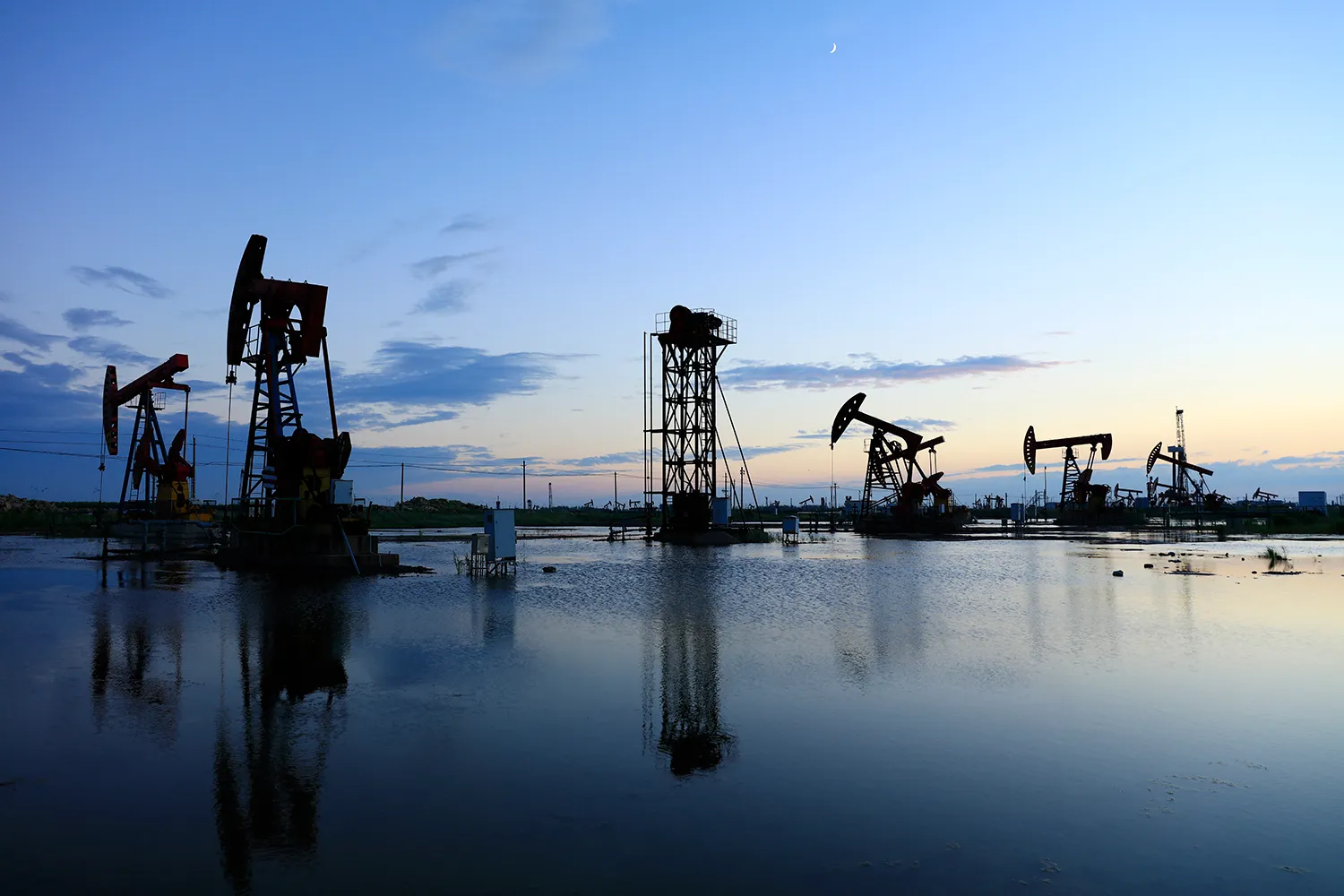
Data as the New Oil, AI as the New Driller
Digital transformation in hydraulic testing (HFT) is not just about automation—it redefines the entire process. Digital twins allow engineers to simulate dozens of extraction scenarios before a single valve is opened, reducing risk and increasing efficiency. What was once a rugged field operation has become a high-precision data industry.
AI is learning to interpret subterranean signals, while digital clones refine their simulations. The result is faster, safer, smarter oil extraction. In this model, the geologist’s toolkit includes not just a hammer but powerful algorithms—and the future of oil may lie as much in cloud infrastructure as in underground reserves.
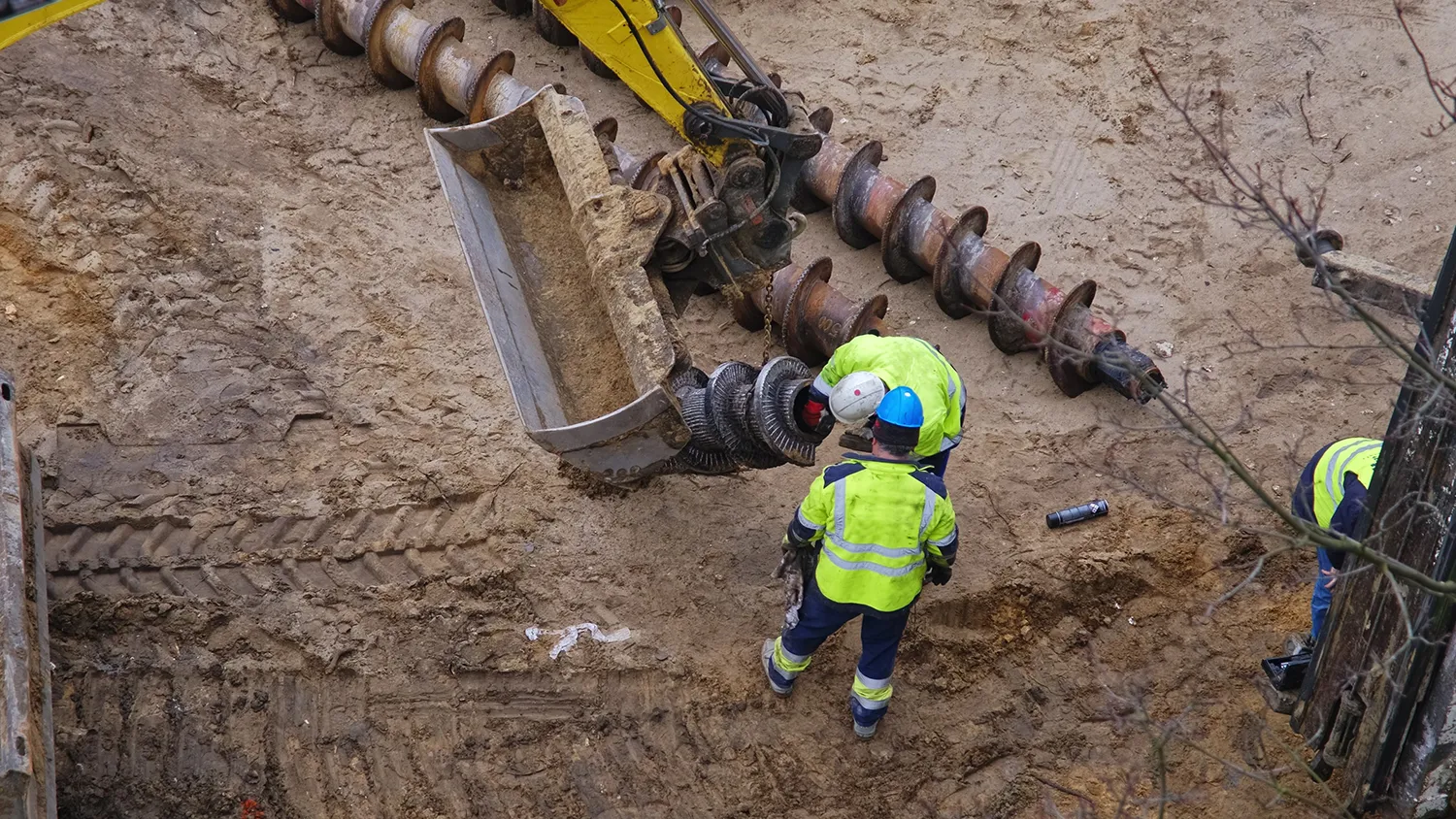
From Cheaper Crude to National Sovereignty
While the deployment of digital twins may seem like a tactical upgrade, its strategic impact is profound. Lower extraction costs translate into increased global competitiveness. Predictive modeling not only protects equipment and human life by forecasting anomalies, but also supports economic resilience.
Russia’s leading producers—Rosneft and Gazprom Neft—are setting the pace. In 2022, Rosneft launched the first domestic digital twin-based HFT platform. In 2024, generative AI tools began optimizing geological risk assessments. Most recently, Gazprom Neft and Cognitive Pilot rolled out a platform with predictive methane leak detection—hailed as a major advancement for environmental safety.
These systems offer export potential too. HFT analytics platforms and AI tools adapted for African and Asian markets could become new sources of revenue and influence for Russian software vendors.
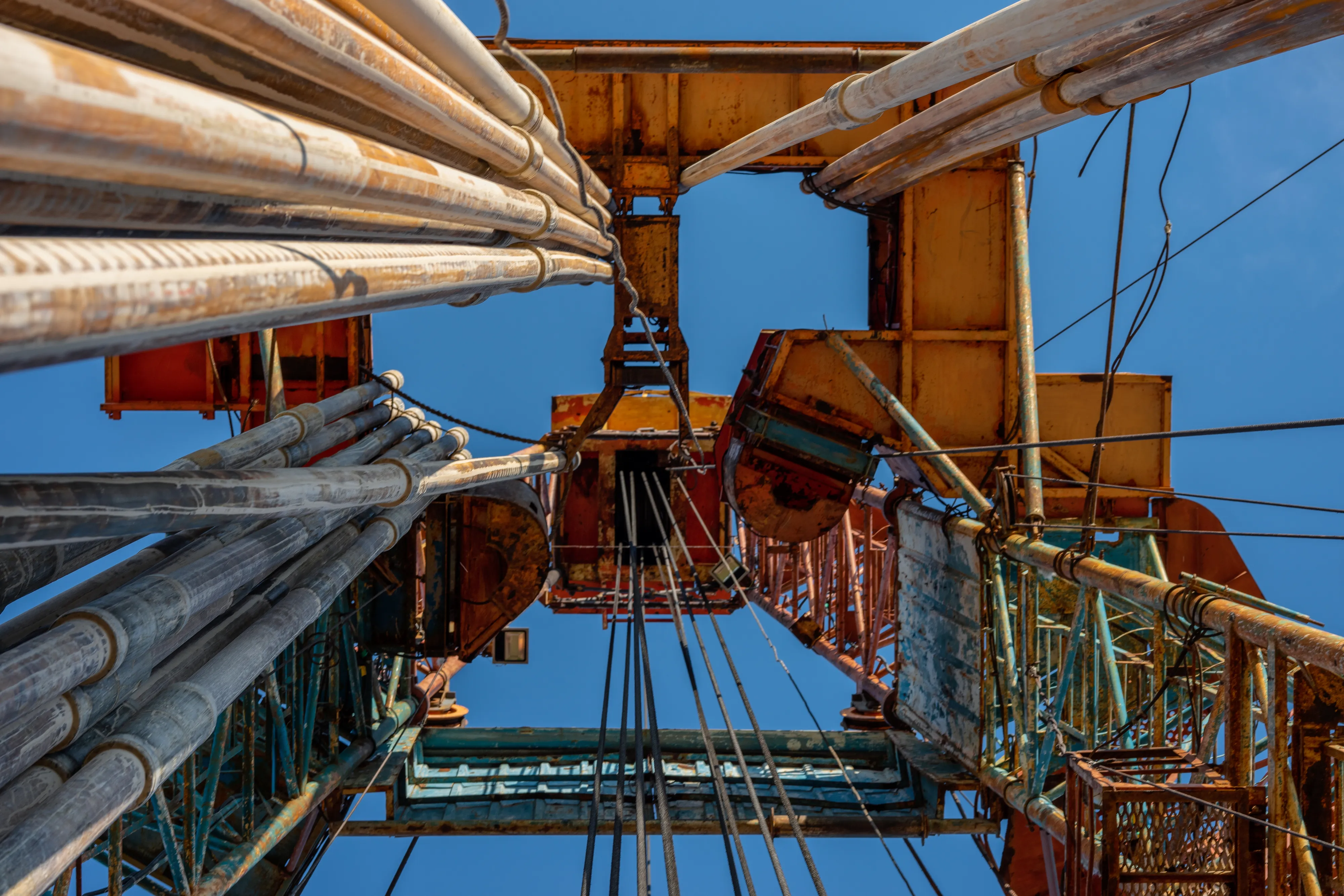
Toward a Digital Eldorado
Despite its success, the sector still suffers from a lack of high-quality historical datasets and qualified IT professionals with expertise in geoscience. Initial investments also remain a barrier. Nonetheless, by 2040, the Russian Ministry of Energy estimates that state support for digital field technologies could exceed 5.4 trillion rubles.
By 2030, AI-optimized hydraulic testing is expected to become the industry standard, with the software market for these solutions projected to grow by 12–13% annually. As global demand rises, Russia is positioning itself as a supplier of frontier technologies for emerging extraction economies.


